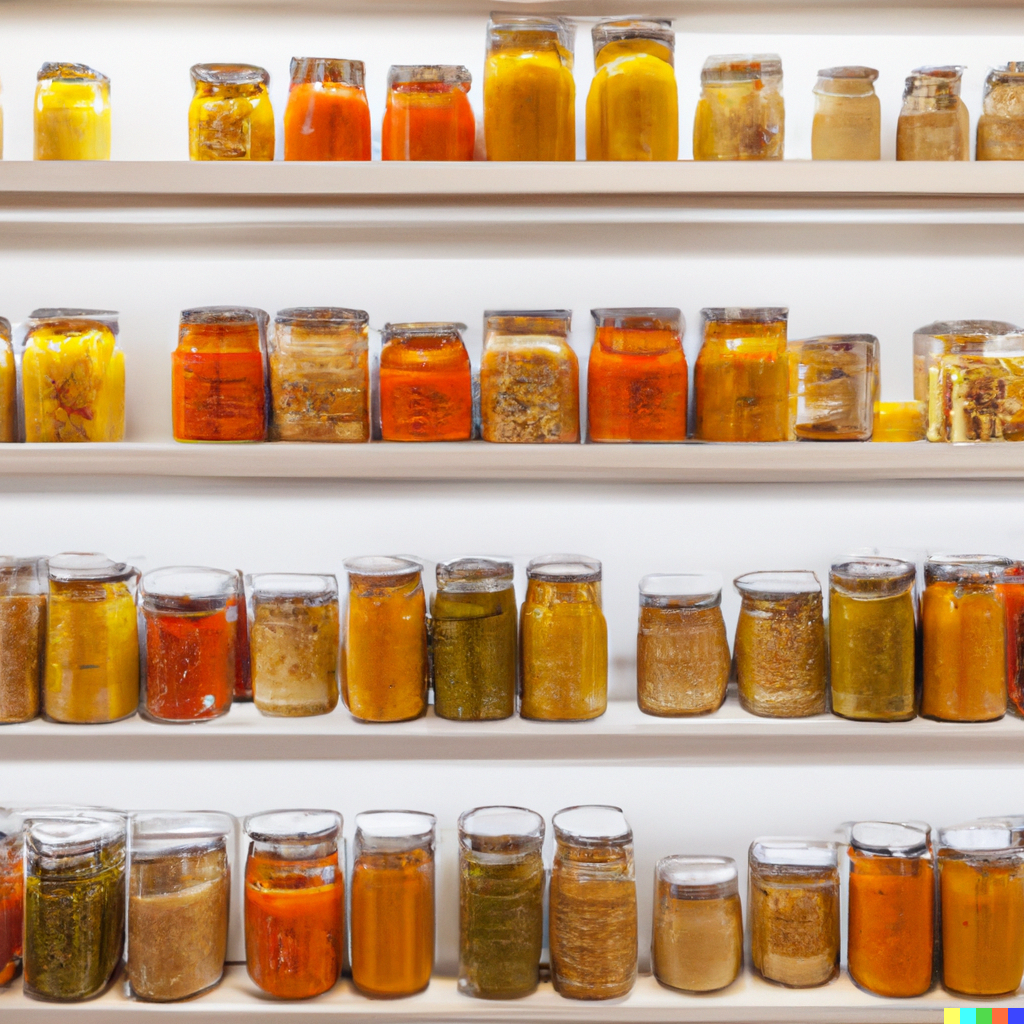The Ultimate Guide to Keep Clams Fresh and Safe
Clams are a versatile and flavorful seafood option, perfect for chowders, pasta, and steamed dishes. However, clams are highly perishable and require proper storage to maintain their quality and ensure food safety. Knowing how long clams last—and the best ways to store them—helps you enjoy their fresh, briny flavor while preventing spoilage.
Shelf Life of Clams
At Room Temperature (Raw or Cooked):
- Live Clams (uncooked): 1-2 hours (discard if left out longer)
- Cooked Clams: 2 hours (1 hour if above 90°F/32°C)
In the Refrigerator:
- Live Clams (uncooked): 1-2 days
- Cooked Clams (in shell): 3-4 days
- Cooked Clam Meat (removed from shell): 2 days
In the Freezer:
- Raw Clams (in shell): 3 months (shucked or whole)
- Cooked Clams (meat or in shell): 3-4 months
- Frozen Clams (vacuum-sealed or airtight bags): 3-6 months
Best Practices for Storing Clams
- Store Live Clams Properly – Keep live clams in a bowl or breathable container, covered with a damp cloth or paper towel. Never store clams in airtight containers or submerged in water, as they need to breathe.
- Refrigerate Immediately – Place live clams in the refrigerator at 35°F to 40°F (1°C to 4°C). Avoid placing them directly on ice; instead, store them in a perforated container above ice.
- Use Within 1-2 Days – For the best taste and texture, cook live clams within 1-2 days of purchase.
- Freeze for Long-Term Storage – Clean and blanch clams before freezing. Alternatively, shuck the clams, saving the meat and juices for freezing in airtight containers.
- Label and Date – Mark the date on containers to track how long clams have been stored.
- Thawing Frozen Clams – Thaw frozen clams in the refrigerator or cook directly from frozen by adding them to soups, stews, or pasta.
Signs Clams Are Going Bad
- Clams Don’t Close – Live clams should close tightly when tapped. If they remain open, discard them.
- Strong, Fishy Odor – Fresh clams have a mild, ocean-like smell. A sour, ammonia-like, or overly fishy odor indicates spoilage.
- Cracked or Broken Shells – Discard any clams with damaged or cracked shells.
- Discolored or Dry Meat – Clam meat should be plump and moist. Dry, shriveled, or discolored meat signals the clams are no longer safe to eat.
How to Use Clams Before They Spoil
- Steamed Clams with Garlic Butter
- Clam Chowder
- Pasta with Clams (Linguine alle Vongole)
- Clam Bake
- Clams in White Wine Sauce
By storing clams correctly, you can extend their shelf life, reduce waste, and enjoy delicious, safe seafood dishes. Whether you’re steaming fresh clams or freezing extras for later, these tips will help keep your clams fresh and flavorful.
